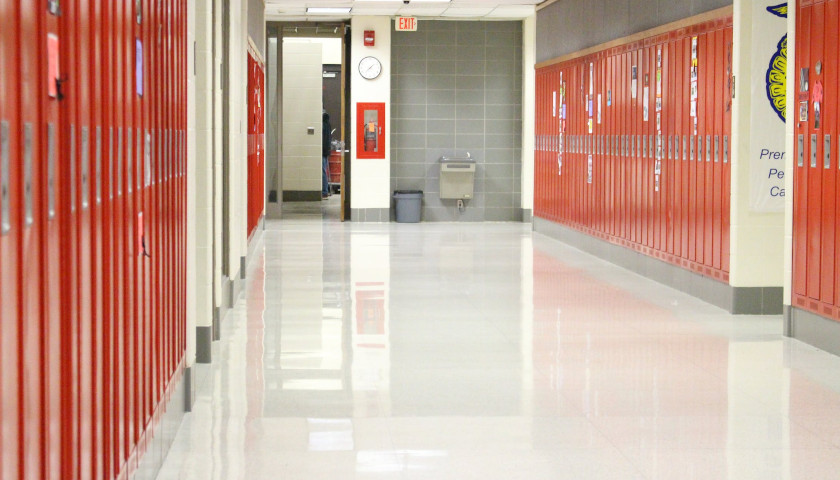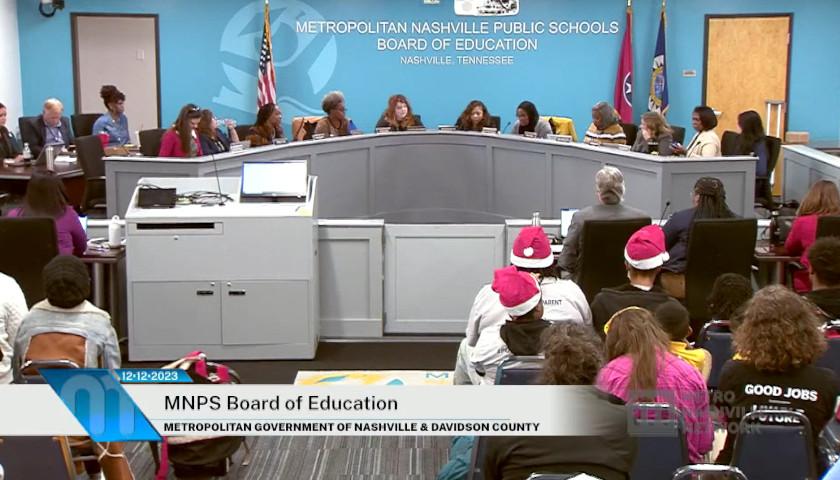Metro Nashville Public Schools (MNPS) submitted a proposed budget that requires a funding increase of 5 percent over last year to maintain the status quo while addressing inflationary costs. The request comes even as MNPS enrollment remains flat.
District enrollment – traditional and charter schools included – grew by o.26 percent, or 622 students, from 79,651 to 80,273 students in pre-school to grade school. Tradition school enrollment grew by 460 students, while district-authorized charter school enrollment grew by 162 students.
Most of that growth is at the high school level, which experienced a growth rate of 2.87 percent, with elementary school growing by .73 percent, despite that elementary school growth, kindergarten enrollment shrunk by 108 students.
Middle school enrollment shrunk by 3.13 percent, which was expected as the rising 8th-grade class was smaller than the outgoing 8th-grade class. Next year’s freshmen class is expected to be 600 students smaller than this year’s class.
The district acknowledges that middle school enrollment has declined over the past few years, but the expectation will level out in the upcoming school year with only a slight decline from 2022.
High school enrollment is expected to be consistent with this year’s numbers, though enrollment is expected to decline as the smaller middle school classes roll forward.
There are several new charter schools slated to open in Nashville in the near future.
Nashville Classical West will open in the Lawson Cluster with kindergarteners and eventually expand to a K-8 school serving 699 students.
Two district-authorized charter schools will be offing additional grade levels. Aventura will add a second grade, and Explore will add 8th grade.
The State Board of Education (SBE) has authorized a new 5-12 grade charter school to open with grades 5-6, Tennessee Nature Academy. This is expected to have a negative impact on enrollment in South East Nashville. Another SBE-authorized school, KIPP, will open its high school in the Antioch cluster with 9th grade.
As Tennessee progresses with its new school funding formula – Tennessee’s Investing in Student Achievement (TISA), enrollment numbers will play a greater role in funding amounts. TISA assigns a base value to every student and adds money for certain weights to arrive at a per-student funding amount. Safeguards are in place for the first four years of implementation to prevent districts from losing funds due to a decline in enrollment.
When The Tennessee Star contacted about the transition’s effects on MNPS’s budget process, spokesman Sean Braisted said via email, “State education funding is included in the Metro Budget Ordinance which allocates an overall amount of funds to MNPS for our operating budget. The challenge is that reliable estimates generally don’t come to the district/city until shortly before or after the Mayor presents a budget to the Council. Moving from the BEP to TISA creates another level of uncertainty about what those funds may be, in addition to annual adjustments in the fiscal capacity index, which significantly reduces the amount of state funding per pupil we receive compared to the state average.”
After the 2023-2024 school year, federal funds through the Elementary and Secondary School Emergency Relief Fund will no longer be available. In their budget proposal presentation, MNPS lists separate amounts needed to sustain programs impacted, at around $55 million annually.
Though attendance in public schools remains flat, the 2022 – 2023 school year marks the first year that public school enrollment outpaced the population growth of Nashville. Total enrollment growth for public schools, including charter schools, rose by 1.30 percent, while the city grew at a rate of .80 percent.
– – –
TC Weber is a reporter at The Tennessee Star and The Star News Network. He also writes the blog Dad Gone Wild. Follow TC on Twitter. Email tips to [email protected]. He’s the proud parent of two public school children and the spouse of a public school teacher.





